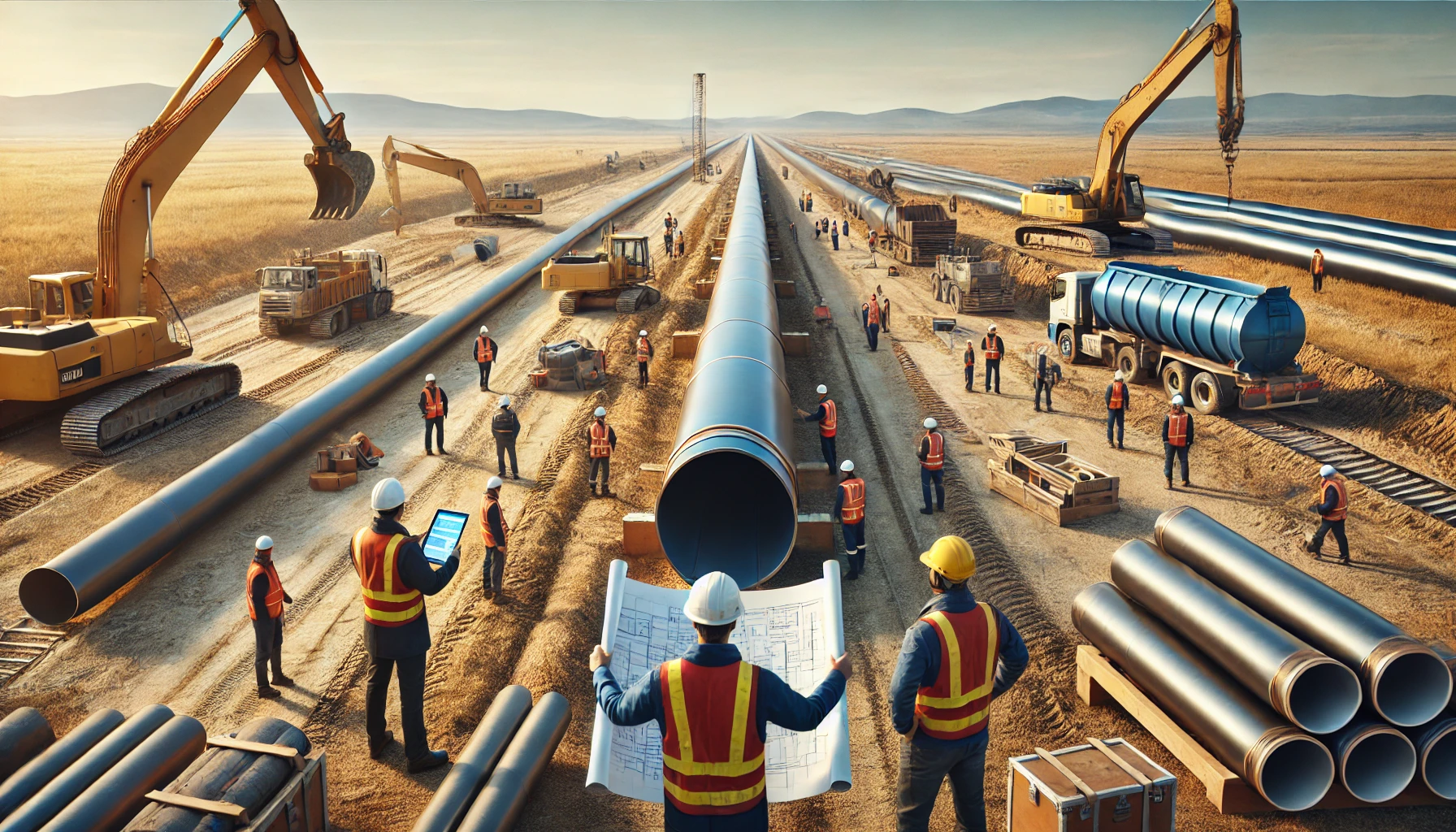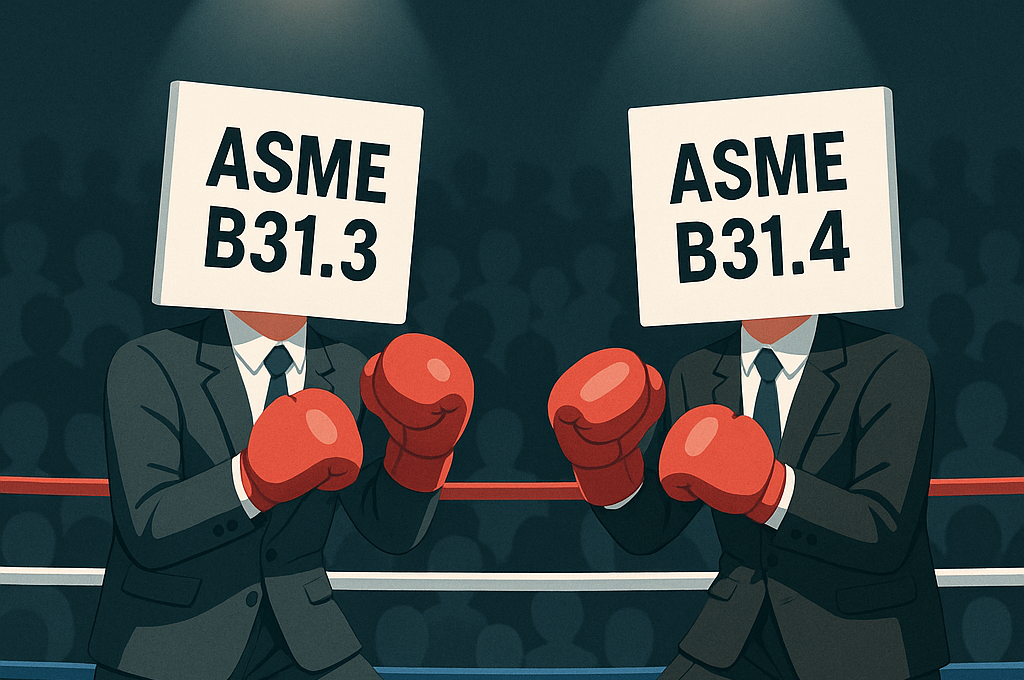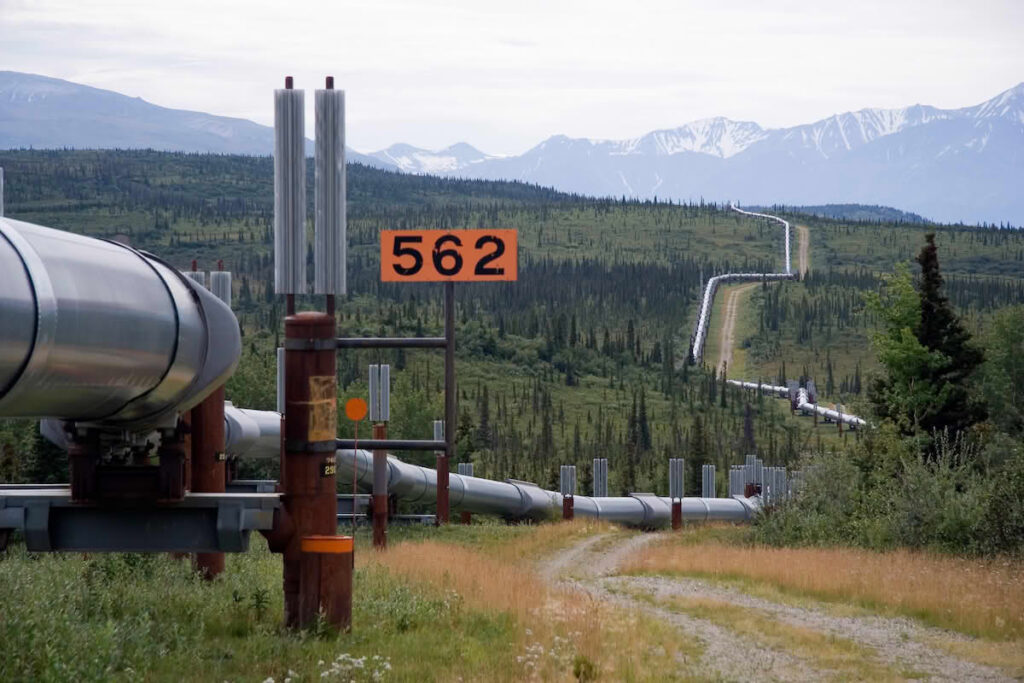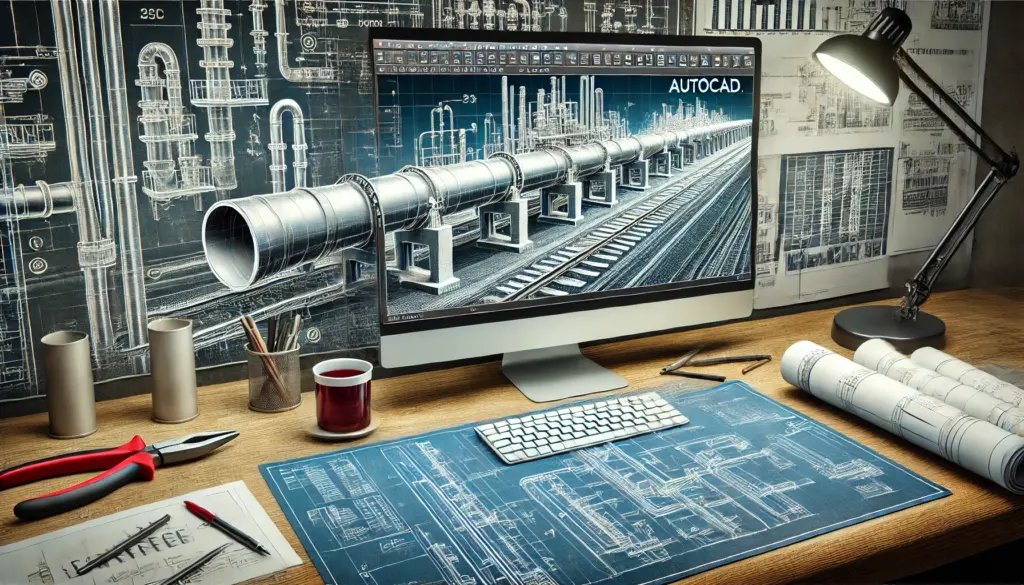Onshore pipeline projects are critical infrastructures for transporting oil, gas, and other resources over land. Effective project management is key to ensuring these projects are completed safely, on time, and within budget. Managing onshore pipeline projects involves a series of complex processes, including planning, design, procurement, construction, and commissioning. Each phase requires coordination among multiple stakeholders and disciplines, including engineering, environmental assessment, regulatory compliance, and construction management.
This article explores the essential components of onshore pipeline project management, highlighting best practices, key challenges, and solutions to common issues. It focuses on how project managers can ensure the success of pipeline projects through effective planning, risk management, communication, and stakeholder engagement.
1. Project Initiation and Planning
Project initiation is the foundation of any onshore pipeline project. It is the phase where the project’s scope, goals, and objectives are defined. A well-executed initiation and planning process will set the stage for the project’s success.
1.1. Defining the Scope
The first step in managing an onshore pipeline project is to clearly define the project’s scope. This includes determining the pipeline’s route, the type of materials to be transported, the volume capacity, and the required infrastructure such as pump stations, valves, and other facilities. Project managers should work closely with engineers, environmental experts, and regulatory agencies to ensure the scope aligns with both technical and legal requirements.
1.2. Feasibility Studies and Environmental Assessments
Feasibility studies are crucial in evaluating the technical and economic viability of the project. During this stage, several factors such as geographical terrain, existing infrastructure, and environmental conditions must be considered. Environmental assessments are particularly critical, as they help identify any potential impacts on ecosystems, water sources, and communities. Obtaining environmental clearances early in the project will help avoid delays later on.
1.3. Cost Estimation and Budgeting
Accurate cost estimation is essential for onshore pipeline project management. The budgeting process should cover material costs, labor, machinery, and unforeseen contingencies such as price fluctuations in raw materials. A detailed project cost estimation allows for better financial planning and helps in securing project financing from investors or government bodies.
1.4. Risk Management Planning
Risk management is an integral part of the project planning phase. This involves identifying potential risks—ranging from environmental risks, such as flooding or landslides, to market risks, including fluctuations in commodity prices—and developing mitigation strategies. Creating a risk management plan ensures that the project can respond swiftly to any issues that arise, minimizing downtime and financial losses.
2. Design and Engineering
The design and engineering phase translates the project plan into actionable designs and blueprints. This phase involves selecting the appropriate pipeline materials, designing the pipeline route, and determining the necessary facilities for safe and efficient operation.
2.1. Route Selection and Surveying
Route selection is one of the most critical aspects of pipeline project management. A carefully chosen route will minimize environmental impact, reduce construction costs, and avoid sensitive areas such as populated regions, nature reserves, or archaeological sites. Engineers must also consider the terrain and elevation changes when designing the route to ensure optimal pipeline performance.
2.2. Material Selection
Selecting the appropriate materials for the pipeline is crucial for ensuring durability and safety. Factors such as the type of resource being transported, pressure requirements, and environmental conditions will determine the choice of materials. Corrosion resistance is a particularly important consideration, as pipelines are subject to natural elements that can lead to wear and tear over time.
2.3. Regulatory Compliance in Design
The design phase must also take into account local and international regulatory standards. This includes safety standards, environmental regulations, and industry best practices such as those set by the American Petroleum Institute (API) or the International Organization for Standardization (ISO). Compliance with these regulations is mandatory to obtain necessary approvals and to ensure the pipeline’s long-term operational success.
3. Procurement and Contract Management
Once the design is finalized, the next step is procurement, which involves acquiring materials, equipment, and services needed to construct the pipeline. Effective procurement management is essential to ensure that the right materials are delivered on time and within budget.
3.1. Supplier Selection
Supplier selection is a critical part of procurement. It is essential to vet suppliers thoroughly to ensure they provide high-quality materials and adhere to project timelines. Developing strong relationships with suppliers can help in negotiating better terms and managing supply chain risks.
3.2. Contract Negotiation
Negotiating contracts with suppliers, subcontractors, and other stakeholders is a crucial component of procurement. Contracts should clearly define the scope of work, deliverables, payment terms, and penalties for delays or non-compliance. Transparent and fair contract negotiations help avoid disputes and ensure that all parties are aligned with project goals.
3.3. Logistics and Supply Chain Management
Logistics play a vital role in pipeline project management, especially for transporting materials to remote areas. Project managers must ensure that materials are delivered on time and stored properly to avoid damage. An efficient supply chain management process can reduce costs and prevent project delays.
4. Construction Management
The construction phase is where the physical pipeline is built. This phase requires close coordination among engineers, construction teams, and safety personnel to ensure that the project is executed safely and efficiently.
4.1. Construction Scheduling and Timeline Management
Construction scheduling involves creating a detailed timeline for each phase of the construction process, from site preparation to pipeline installation. Effective timeline management ensures that construction activities are completed on schedule and helps avoid costly delays. Regular progress tracking and adjustments to the schedule can help keep the project on track.
4.2. Quality Control and Safety Management
Maintaining high-quality construction standards is essential for the long-term performance of the pipeline. Quality control measures should be in place to inspect materials, welding, and other construction activities. Safety management is also critical, as construction sites can be hazardous environments. Implementing robust safety protocols and providing training to workers can significantly reduce the risk of accidents.
4.3. Stakeholder Communication and Reporting
Regular communication with stakeholders, including project owners, regulators, and local communities, is essential throughout the construction phase. Providing updates on project progress, addressing concerns, and maintaining transparency can help build trust and prevent conflicts.
5. Commissioning and Handover
Once construction is complete, the pipeline undergoes testing, commissioning, and eventual handover to the operating team. This phase ensures that the pipeline is ready for safe and efficient operation.
5.1. Testing and Inspection
Testing the pipeline is a crucial step before it becomes operational. This includes hydrostatic testing to ensure there are no leaks, as well as inspections for mechanical integrity and compliance with safety standards. Any issues identified during testing must be addressed before the pipeline can be commissioned.
5.2. Handover and Documentation
The final handover involves transferring control of the pipeline from the construction team to the operations team. Proper documentation, including as-built drawings, operating manuals, and maintenance plans, must be provided to ensure that the operating team has all the information needed to run the pipeline safely and efficiently.
6. Key Challenges and Mitigation Strategies
Onshore pipeline project management faces several key challenges, including environmental risks, regulatory hurdles, and supply chain disruptions. Some strategies for overcoming these challenges include:
- Proactive Risk Management: Developing detailed risk management plans to identify and mitigate risks before they escalate.
- Stakeholder Engagement: Engaging with local communities, regulators, and environmental groups early in the project to address concerns and ensure compliance.
- Flexibility and Adaptability: Building flexibility into project timelines and budgets to accommodate unforeseen events such as weather-related delays or changes in regulatory requirements.
Onshore pipeline project management is a complex and multifaceted process that requires meticulous planning, coordination, and execution. By following best practices in project initiation, design, procurement, construction, and commissioning, project managers can ensure that onshore pipelines are built safely, on time, and within budget. Effective communication, risk management, and stakeholder engagement are critical to overcoming the unique challenges that arise in pipeline projects, ultimately leading to successful project delivery and long-term operational success.





